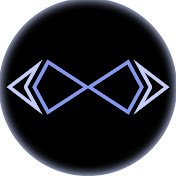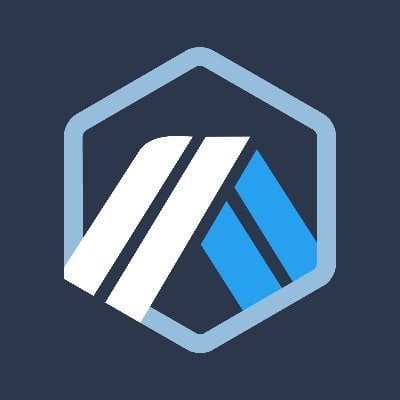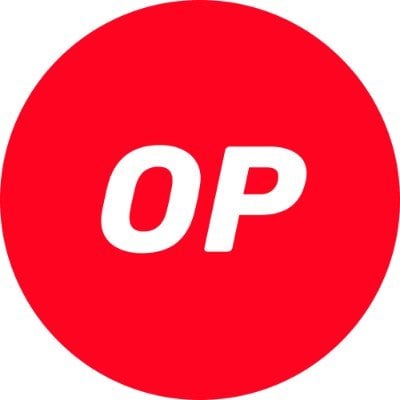Overview of the Current State of the Rollup Market: Orthodoxy, Sovereignty, Modularity, and Restaking Competition
Original Author: NingNing (X: @0xNing0x)
One of the themes of the scalability competition market in 2023 is that Rollups are absorbing the TVL, users, and ecological Dapps of Alt L1. Arbitrum, Optimism, Zksync, and Starknet, as the Knights Templar guarding the Ethereum ecosystem, have made significant contributions to it.
However, when Arbitrum attempted to build a central radiating structure for L1-L2-L3 Rollup scalability routes to solidify its leading position and vested interests, things began to feel off.
Fortunately, both Optimism and Zksync did not follow Arbitrum's aggressive actions but chose a Stacks parallel structure and downgraded themselves to the first instance of the Stack structure.
Moreover, even Polygon, which is an Ethereum sidechain but not a sidechain of Ethereum, did not choose Arbitrum's route but instead followed the paths of Optimism and Zksync, launching a Stacks-like parallel structure called Polygon CDK. However, the settlement layer of Polygon CDK is the Polygon PoS mainnet, rather than the Ethereum mainnet.
Yet, Rollups deployed using the Stacks SDK mostly need to share data availability and settlement layers, failing to achieve true parallelism and sovereignty.
This is still far from the decentralized scalability architecture of 1024 shards + 1 shard for n Rollups envisioned in Ethereum's DankSharding.
Entering 2024, stimulated by new primitives such as modularity and Restaking, Rollups began to differentiate into four types: Orthodoxy Rollup, Sovereign Rollup, Modular Rollup, and Restaking Rollup:
Orthodoxy Rollup
Orthodoxy Rollups actively pursue being one of the outsourcing contractors for Ethereum's execution layer, seeking EVM equivalence or even Ethereum equivalence. Optimism, Linea, and Scroll belong to this category. Arbitrum's architecture is similar to theirs but is less radical in pursuing Ethereum equivalence and is more developer-centric.

Sovereign Rollup
Sovereign Rollups are represented by Metis, which was initiated by Vitalik and Eli, and Starknet.
Their common architectural feature is having a decentralized sequencer network and a sovereign verification network (settlement layer).
Because Metis uses the Op Rollup mechanism while Starknet employs the Zk Rollup mechanism, their sovereign verification network architectures, although both adopt the PBS (separation of block submitters and block builders) design philosophy, differ: Starknet's sovereign verification network architecture adds some node roles, such as the Prover responsible for generating ZKP (zero-knowledge proofs).
Moreover, due to the cost of submitting ZKP validity verification to the Ethereum mainnet being lower than that of fraud proofs, Starknet still considers Ethereum as the consensus layer and data availability layer.
Metis, on the other hand, goes all the way by only using the Ethereum mainnet as a memo storage or bulletin board. Its relationship with the Ethereum mainnet is similar to that of most Bitcoin L2s with the Bitcoin mainnet, achieving full sovereignty.

Modular Rollup
Modular Rollups are currently divided into two subtypes: general-purpose Rollups like Manta and Dapp Rollups like Aevo and Lyra.
The current state of Modular Rollups gives the impression that they merely replace the DA layer from Ethereum with modular blockchain DAs like Celestia and Avail.
However, this idea overlooks the deeper significance of Modular Rollups, which is an innovation and challenge to the current mainstream Rollup central radiating structure.
Modular Rollups empower Dapp developers to escape the control of Ethereum and general-purpose L2s, alleviating the current phenomenon of building Rollups aimed at the Ethereum Foundation and VCs, and returning to a user-centric product paradigm.

Restaking Rollup
Restaking Rollup is a new primitive jointly launched by Raas service provider AltLayer and EigenLayer.
Compared to the sovereign Rollup of Metis, its verification network and consensus network are derived from the EigenLayer AVS node network, with economic security coming from Restaking ETH and LST, providing higher security than that guaranteed by L2 native protocol tokens.
Restaking Rollup inserts a relay layer called AltLayer Vital before the settlement layer and another relay layer called Altlayer Mach before the consensus layer and data availability layer, with each carrying part of the functions of the settlement layer, consensus layer, and data availability layer.
This architecture can enhance the security, finality, and reduce the cost of data availability verification for Rollups.

Restaking Rollup also significantly lowers the threshold and cost of deploying Rollups, with Altlayer currently supporting zero-code deployment of a Rollup in 5 minutes.
Among the four types mentioned above, Orthodoxy Rollups and Sovereign Rollups, primarily general-purpose Rollups, occupy the majority of the market share. However, their deployment and operational costs are very high, making them unsuitable for Dapp developers.
In contrast, the lightweight protocol paradigm of Modular Rollups and Restaking Rollups provides new choices for Dapp developers in 2024.













